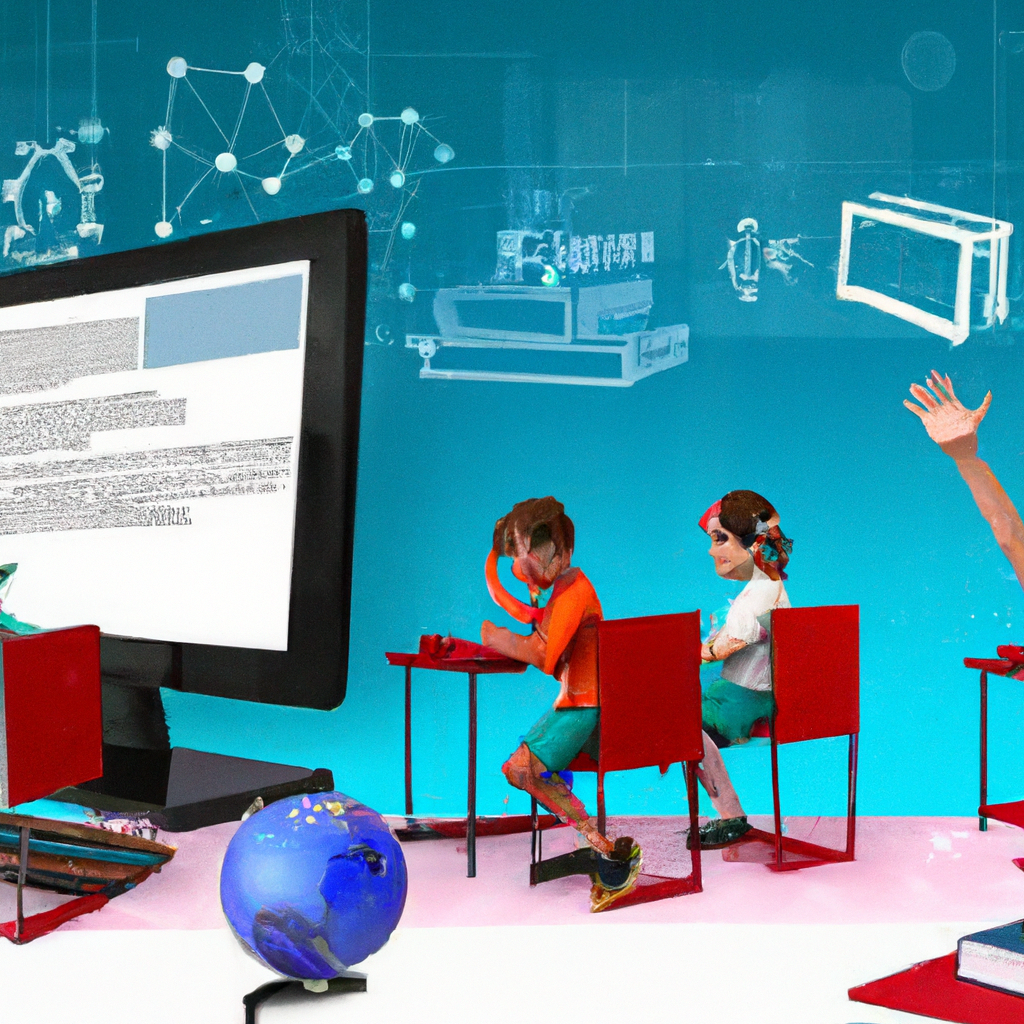The Impact of Artificial Intelligence in the Classroom
Artificial Intelligence (AI) is revolutionizing many aspects of our lives, and education is no exception. In the classroom, AI has the potential to enhance the learning experience for both students and teachers. From personalized learning to automated grading, AI technology is reshaping the way we teach and learn. Let’s explore the impact of AI in the classroom in more detail.
Personalized Learning
One of the key benefits of AI in the classroom is the ability to provide personalized learning experiences for students. AI-powered learning platforms can analyze each student’s strengths and weaknesses, learning styles, and pace of learning. Based on this data, the platform can create customized learning pathways for individual students, ensuring that they receive the support and guidance they need to succeed.
Automated Grading
Grading assignments and exams can be a time-consuming task for teachers. AI technology can help streamline this process by automating the grading of multiple-choice questions, essays, and other types of assignments. This not only saves teachers time but also provides students with immediate feedback on their work, allowing them to learn from their mistakes and improve their performance.
Enhanced Collaboration
AI-powered collaboration tools are changing the way students work together on group projects and assignments. These tools can facilitate communication, brainstorming, and document sharing, making it easier for students to collaborate effectively both in the classroom and remotely. By fostering collaboration, AI technology can help students develop important teamwork and communication skills that are essential for success in the modern workforce.
Adaptive Learning Software
Adaptive learning software uses AI algorithms to adjust the difficulty level of content based on a student’s performance. If a student is struggling with a concept, the software can provide additional support and resources to help them master the material. On the other hand, if a student is excelling, the software can offer more challenging activities to keep them engaged and motivated. This adaptive approach to learning ensures that each student receives instruction that is tailored to their individual needs.
Virtual Teachers and Tutors
AI-powered virtual teachers and tutors are becoming increasingly common in classrooms around the world. These virtual assistants can help students with homework, provide explanations of difficult concepts, and even conduct one-on-one tutoring sessions. Virtual teachers are available 24/7, making it easier for students to access help whenever they need it. While virtual teachers cannot replace human teachers entirely, they can supplement traditional instruction and provide additional support to students.
Conclusion
As we can see, AI technology has the potential to transform education in profound ways. By providing personalized learning experiences, automating grading, enhancing collaboration, and offering adaptive learning software and virtual teachers, AI is reshaping the classroom of the future. While there are challenges and limitations to integrating AI into education, the benefits far outweigh the drawbacks. As AI technology continues to advance, we can expect to see even more innovative applications of AI in the classroom in the years to come.
